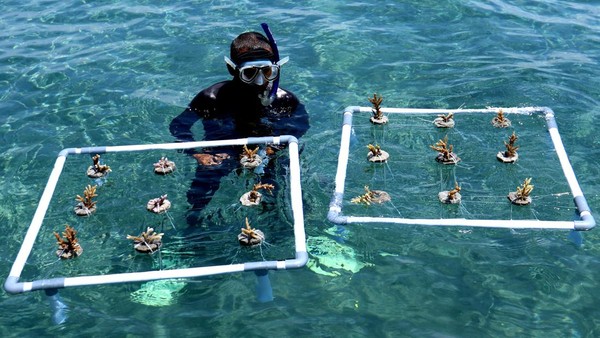
- Indonesia is ranked 75th out of 166 countries with an SDGs index score of 70.2 and a spillover score of 97.9
- In 2022 Indonesia has 8.8% or 28.91 million hectares of marine protected areas and has a target to reach 10% or 32.5 million hectares by 2030
- The government collaborates with various parties in achieving conservation area targets
Firstly, Indonesia is one of the world’s largest archipelagic countries with 17,000 islands. In fact, Indonesia’s sea area reaches two-thirds of the country’s total area. Indonesia’s sea area is 3,257,357 square kilometers with a land area of 1,919,440 square kilometers. This condition provides many benefits derived from marine products in Indonesia.
Secondly, the impact of climate change on the ocean in Indonesia causes damage to the ocean and the ecosystem in it. Based on the results of a survey by the National Research and Innovation Agency, in 2020 two-thirds of coral reefs in Indonesia are in a damaged condition. Damage to coastal ecosystems such as mangrove forests and seagrass beds also occurs due to land use change. In addition, as much as 70-80% or around 480-1.29 million tons of plastic waste in Indonesia empties into the sea, causing marine pollution.
Indonesia’s commitment to achieving SDGs
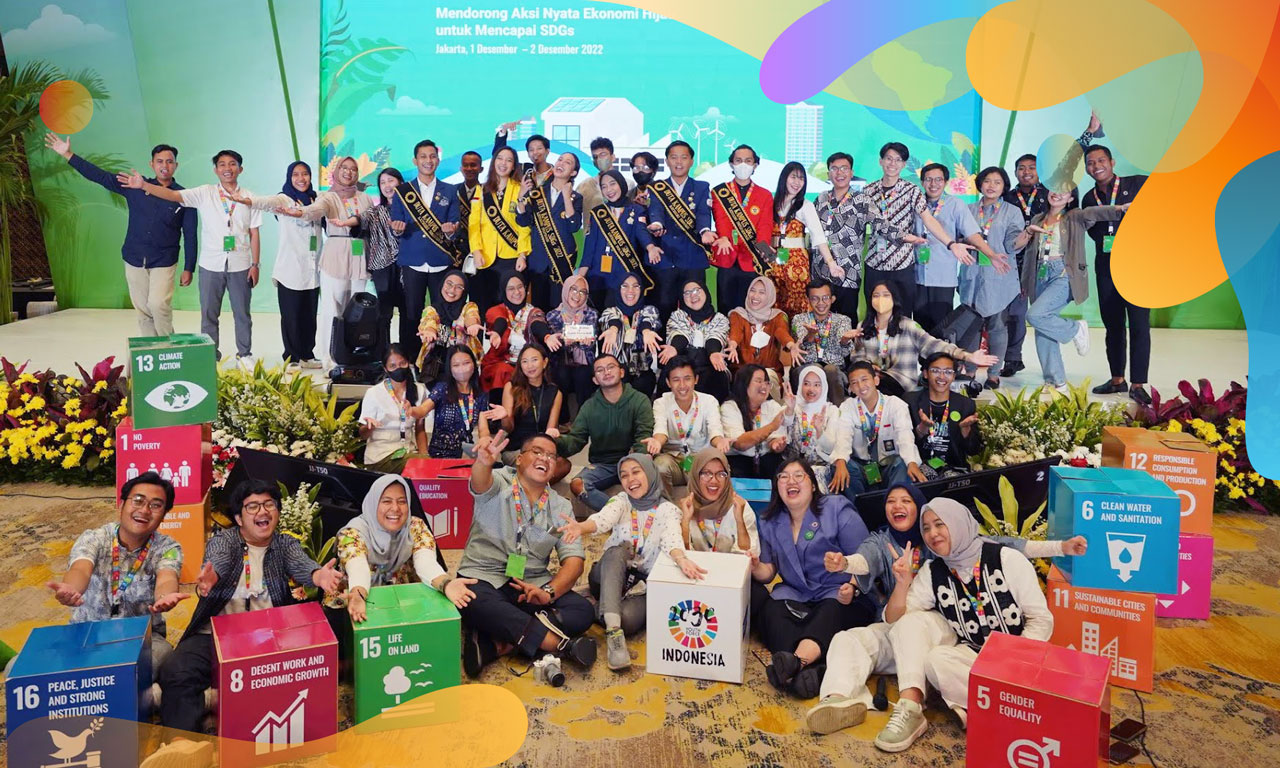
So, what is the Indonesian government’s action in dealing with Indonesia’s sea problems? Indonesia is committed to the welfare of society through the achievement of 17 goals in the Sustainable Development Goals (SDGs). Although Indonesia is ranked 75th out of 166 countries with an SDG index score of 70.2, Indonesia has a spillover score of 97.9.
SDG index score shows the percentage of achievement of 100 indicators in SDGs. However, the spillover score shows the impact each country’s action has on achieving SDGs in other countries. Indonesia has a high spillover value which means that Indonesia has a large positive impact as well as a low negative impact on other countries.
SDGs contain Life Below Water points at point 14 with six indicators. The main indicator in achieving SDG 14 is the mean area that is protected in terrestrial sites important to biodiversity. The long-term goal of this indicator is to have the mean percentage of terrestrial key biodiversity areas that are protected at 100%.
Read More
- Kendaraan Listrik di Indonesia: Infrastruktur Pengisian Daya
- Krisis Energi di Eropa Melambungkan Harga Batubara Hingga Tertinggi Sepanjang Sejarah
How large is the marine protected area in Indonesia?
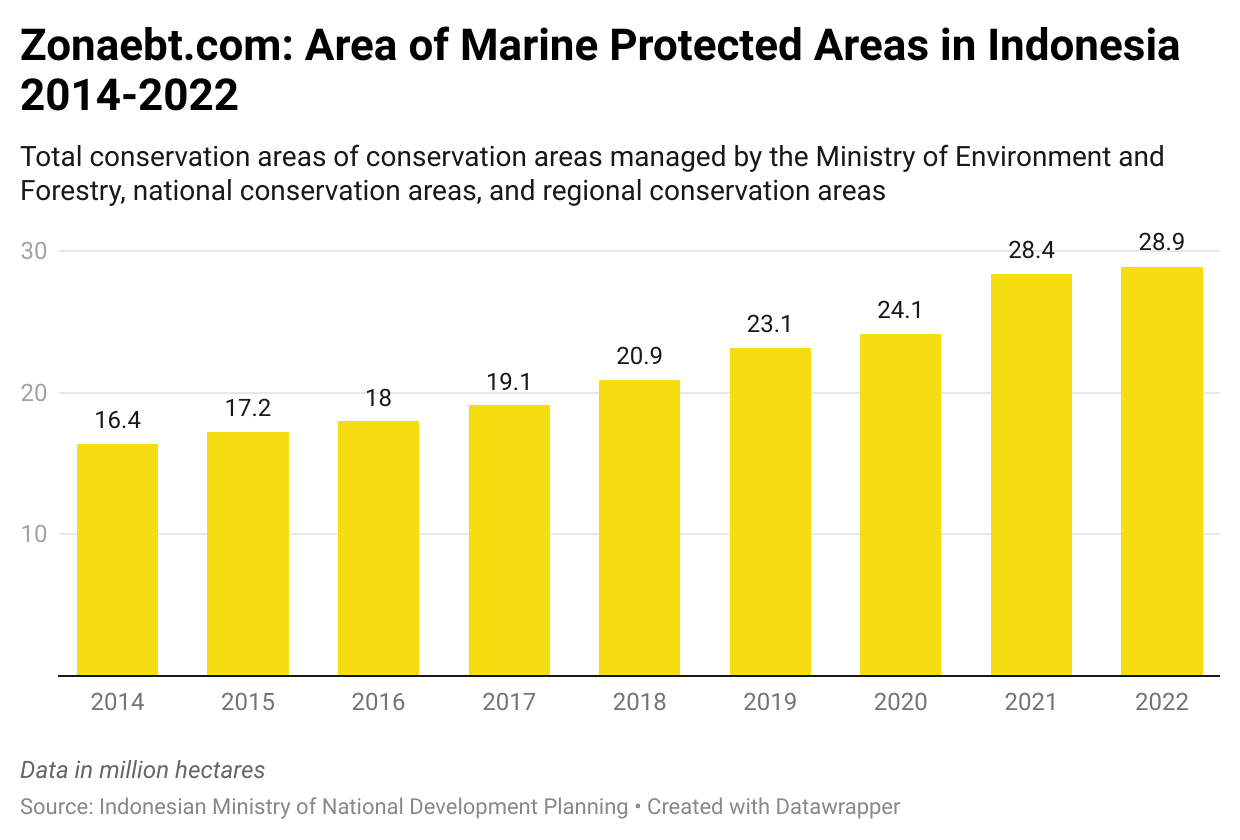
Marine conservation areas are coastal and marine areas and all habitats within them that are legally protected. Establishing conservation areas is an effort to protect marine biological resources and their ecosystems. This protection also can improve environmental sustainability and provide benefits in the social and economic fields.
The Government of Indonesia is making marine conservation efforts to achieve SDG target point 14 by preserving Indonesia’s coastal and marine areas. The target of achieving this indicator is in the form of achieving 10% preservation or around 32.5 million hectares of coastal and marine areas by 2030. In 2022, there are 28.9 million hectares or around 8.8% of conservation areas in Indonesia. The number of conservation areas has continued to increase since 2014 which amounted to 16.4 million hectares or about 5%.
How does the government conserve the ocean?
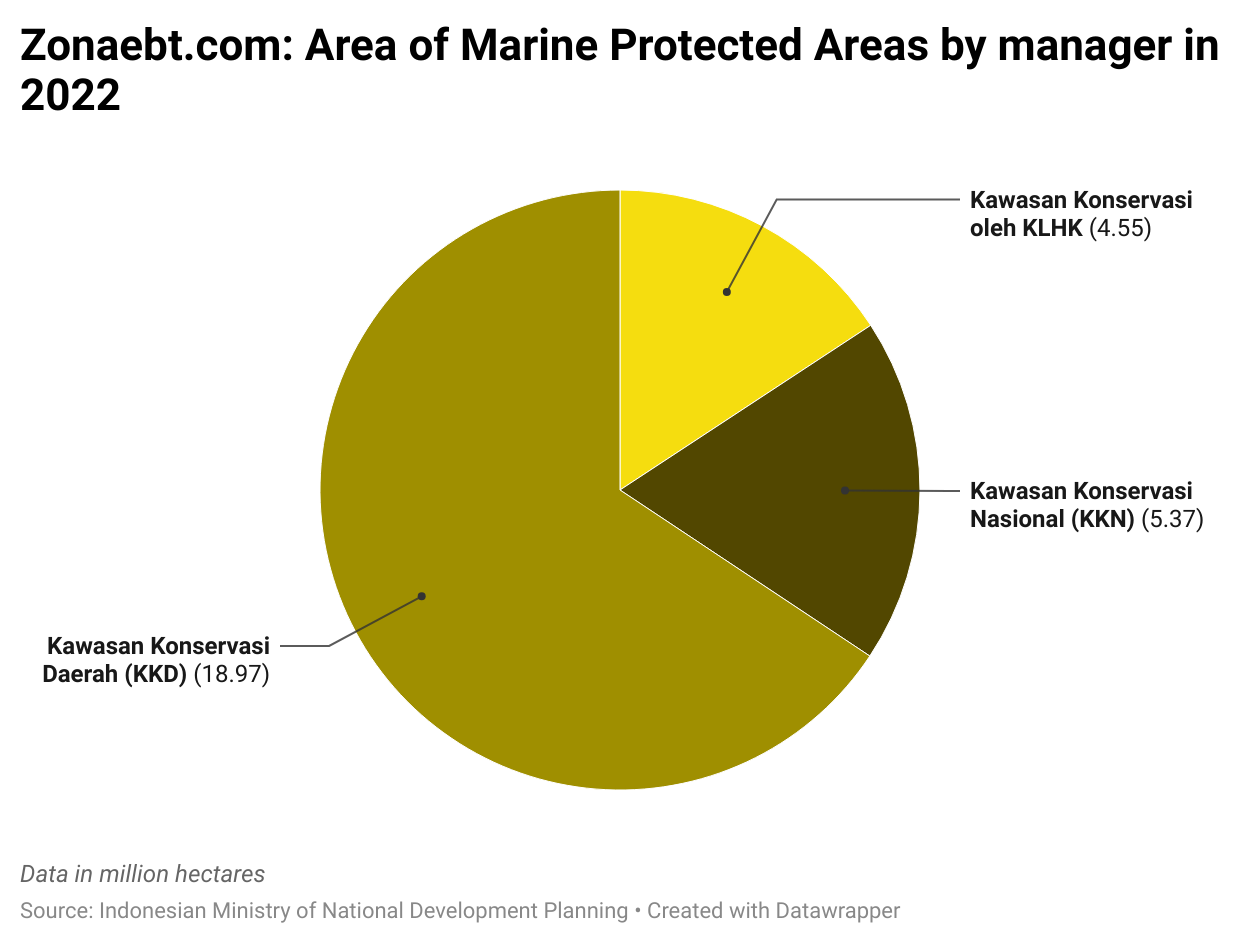
The government continues to expand marine protected areas in collaboration with various parties.This collaboration also takes the form of collaboration between the central government and regional governments. Collaboration with the central government takes the form of establishing National Conservation Areas, Conservation Areas by the Ministry of Maritime Affairs and Fisheries, and Conservation Areas by the Ministry of Environment and Forestry. Meanwhile, cooperation with provincial governments is in the form of the establishment of Regional Conservation Areas.
In addition, Regional Conservation Areas have the largest contribution with an area reaching 65.6% of the total area of conservation areas. In 2022, the area of conservation reached 28.91 million hectares with an increase of 0.5 million hectares compared to the area of conservation areas in 2021. The area of marine protected areas in 2021 consists of:
- 11 National Conservation Areas covering an area of 5.37 million hectares
- 368 Regional Conservation Areas covering an area of 18.97 million hectares
- 30 Conservation Areas designated by Ministry of Environmental and Forestry covering an area of 4.55 million hectares
Why is the increase in marine protected areas in Indonesia slow?
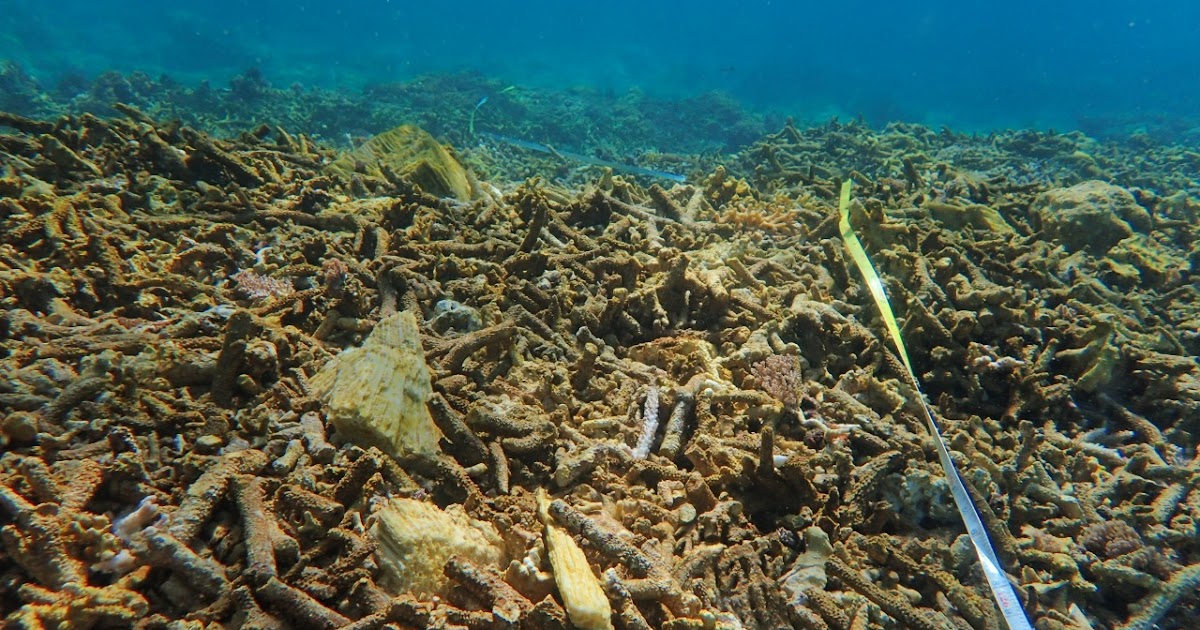
Marine-protected areas in Indonesia experience fairly slow growth despite having a large sea and coastal area. There are several challenges in marine conservation. These challenges lie in the survey process, data collection, fiscal issues, and also management processes.
Marine-protected area planning requires a survey process and field data collection. The process requires a long time and appropriate human resources. In addition, the government’s fiscal limitations are also a challenge in the process of identifying new conservation areas. There are several challenges in the process of conservation area management as follows:
- Management of marine protected areas that have not been integrated so that the management process is not optimal
- Inadequate human resource capacity to meet management needs
- Inventory of suboptimal conservation area monitoring data
What does the government do?
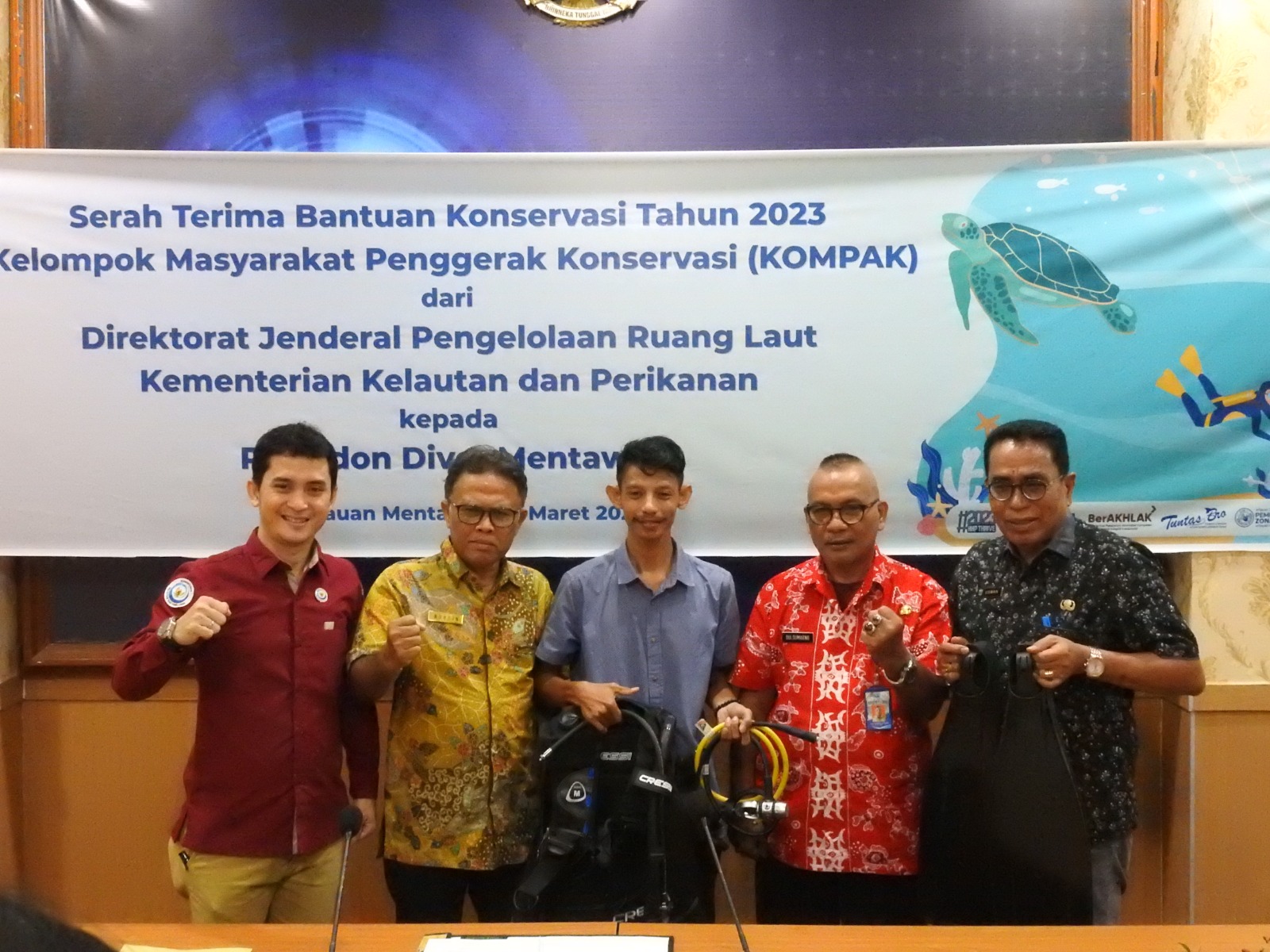
In addition to expanding marine protected areas, the government also makes several policies. The policy focuses on efforts to increase conservation areas. Some of the applicable policies are:
- Improving the effectiveness of pre-defined conservation area management
- Delivery of conservation area programs as national and global priorities to local governments. The program aims to enable local governments to allocate their marine space as conservation areas
- Improved coordination and collaboration between related party centers. The implementation of conservation can involve other parties such as Non-Government Organizations (NGOs), universities, technical implementation units, ministries, and local governments
- Increased cooperation with related agencies and potential partners in the framework of alternative sources of funding
- Optimization of community groups driving conservation through the distribution of assistance, especially to groups in the regions
Read More
Achieving the SDGs goals can be successful if it does not only involve the government. Local communities are the parties who will feel the impact of the existence of conservation areas. Therefore, there needs to be outreach from the government to local communities so that the conservation process is successful. So, do you think the role of the government and local communities is very important in achieving the target of marine protected areas?
#ZonaEBT #EBTHeroes #sebarterbarukan
Editor: Bellinda Putri Hidayat


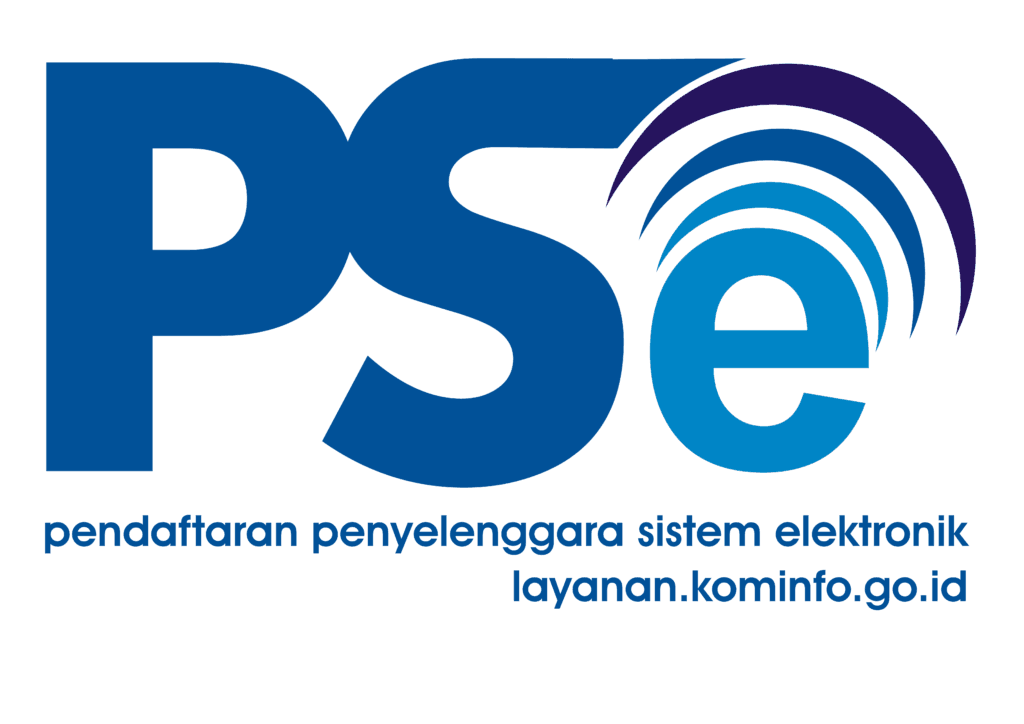
Comment closed